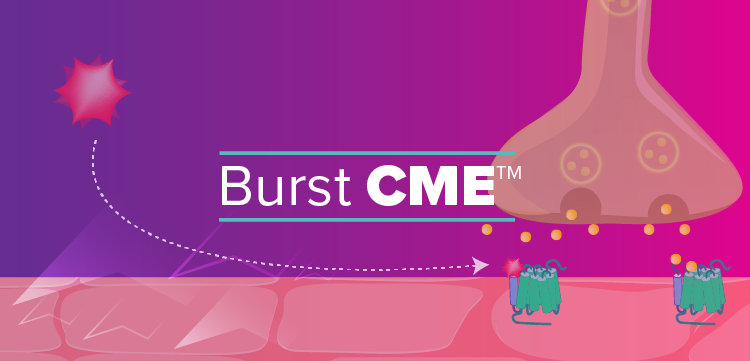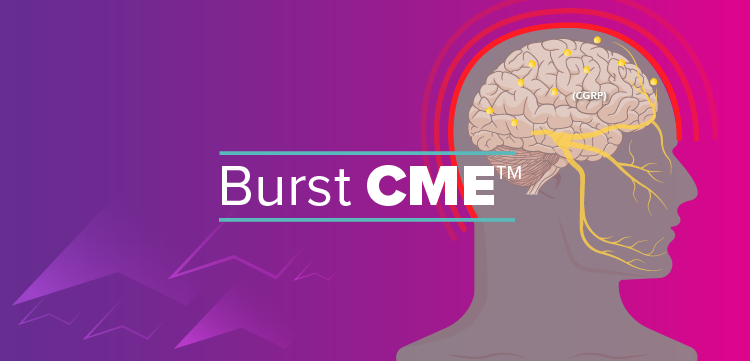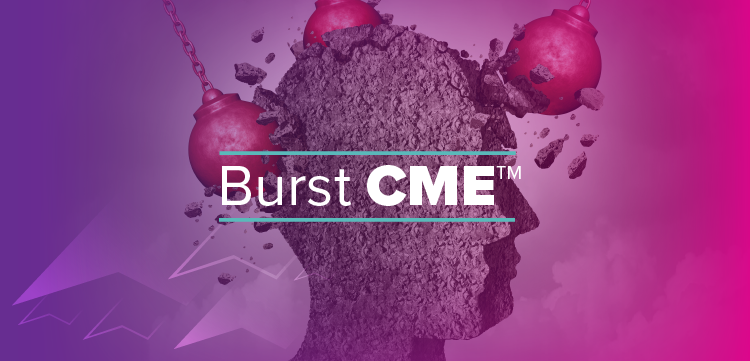Linking homocysteine and fractures
Elevated homocysteine levels can be added to the list of risk factors for osteoporotic fractures in older men and women, according to two major studies.
The first study from the Netherlands involving 2,406 people aged 55 or older found that people with homocysteine levels in the highest age-specific quartile were at almost twice the risk of nonvertebral osteoporotic fractures as people in the other quartiles. Every increase of 1 SD in natural-logtransformed homocysteine level increased the relative risk of fracture by 1.4 (95% CI; 1.21.6) in both men and women. The authors found no association between homocysteine levels and bone mineral density (BMD) at the femoral neck or lumbar spine.
The second study involving 2,000 men and women between the ages of 59 and 91 found that a plasma homocysteine level in the highest quartile put women at two times and men at almost four times the risk of hip fracture as gender-matched participants in the lowest quartile.
The findings indicate that the effect of a high homocysteine level on fracture risk is similar in magnitude to risk factors such as low BMD, cognitive impairment, and recent falls.
To support their findings, both research teams point out that the rare autosomal-recessive condition homocystinuria involving high homocysteine levels is associated with osteoporosis. But an editorial in the same issue of the New England Journal of Medicine asserts that it is difficult to know whether high homocysteine levels actually cause osteoporotic fractures or whether high homocysteine is simply a reflection of other risk factors for osteoporosis, like poor nutrition or estrogen deficiency. The only way to know for sure would be to conduct a randomized, placebo-controlled clinical trial to determine whether reducing homocysteine levels with nutritional supplements decreases the incidence of fracture in patients with osteoporosis.
van Meurs JB, Dhonukshe-Rutten RA, Pluijm SM, et al. Homocysteine levels and the risk of osteoporotic fracture. N Engl J Med. 2004;350:2033-2041.
McLean RR, Jacques PF, Selhub J, et al. Homocysteine as a predictive factor for hip fracture in older persons. N Engl J Med. 2004;350:2042-2049.
Raisz LG. Homocysteine and osteoporotic fracturesculprit or bystander? N Engl J Med. 2004;350:2089-2090.
Newsletter
Get the latest clinical updates, case studies, and expert commentary in obstetric and gynecologic care. Sign up now to stay informed.
















